
views
Getting Ready to Spin

Find an old basketball. Don’t rush out and buy a brand new ball to practice with! Using an old ball for spinning is actually better for beginners. The grooves in an older ball are worn down, making it easier for your finger to stay on target and balance while you spin the ball.

Trim your nails. Having a little bit of nail above your fingertip can help you balance the ball more easily, but if your nails are long, trim them! Long nails can get cracked or broken, or even make it impossible for you to spin.
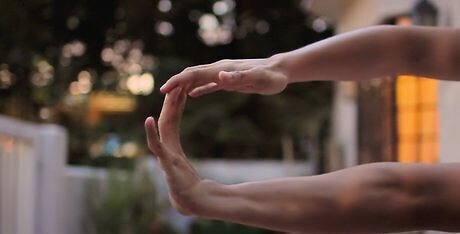
Stretch your fingers and arms. Spinning a basketball too hard or too quickly can strain your wrists or even fracture your finger! Spend a minute or two stretching your fingers and arms to warm them up before you practice. You don’t need to do any special exercises. Just extend your arms and fingers as far out as they can go, and repeat a few times.
Mastering the Toss
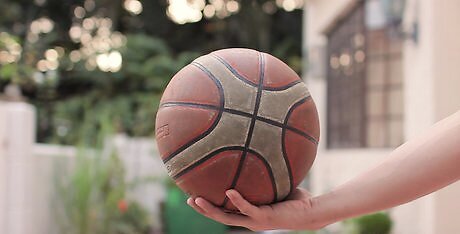
Find the grooves in the ball. Pick up your ball and find the point where the grooves in the ball meet at the bottom. You will want to spin the ball on the bottom middle of the ball where all of the grooves meet in a perpendicular point. If you spin the ball with the grooves in a horizontal position, your spin won't look as clean and your finger won't have a point to rest on.

Decide whether to use one or two hands. Some people prefer to use two hands to throw and guide the ball into the air before catching it with their finger. Others prefer to palm the basketball in one hand and use a quick flick of the wrist to prop the ball up to the fingertip. The two-handed method is easiest for beginners.
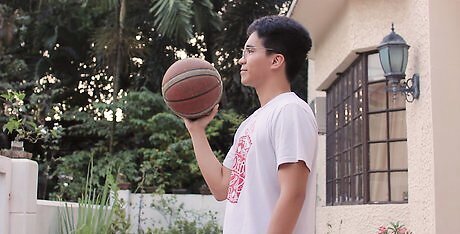
Hold the ball up with your elbow a little above your hip. Bend your elbow out and hold up the ball. You want your elbow to be at a comfortable height, usually a little bit higher than your hip. The ball should be about level with your face when you spin it.
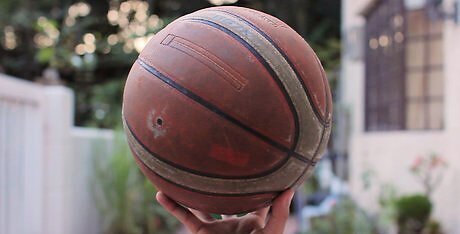
Hold the ball in your dominant hand with your finger pads. This is the same hand you'll use to spin the ball. Do not hold the ball entirely flat on your palm, as this causes the ball to slide around too easily. Instead grip it with your fingertips and allow for a small air pocket between your palm and the ball.
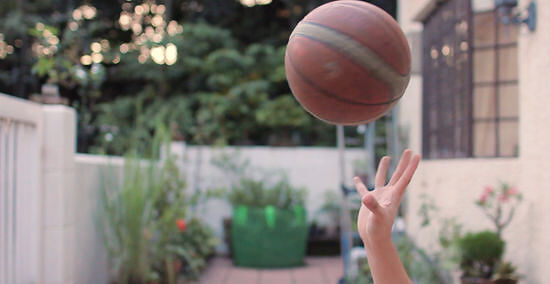
Start with your fingertips pointing toward your body. By the time you finish the twist of your wrist, your hand will have made a 180-degree twist and your fingertips will be pointing away from your body.
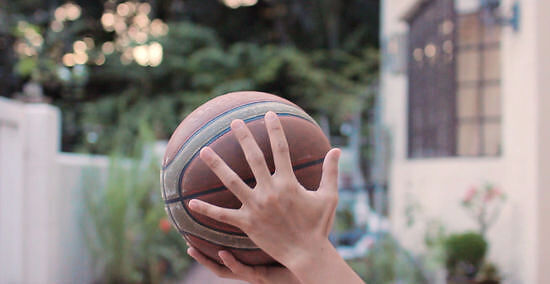
Put your other hand on the side of the ball. There should be some space between the ball and the palm of your hand. You want your thumb to be directly in the middle between the top and the bottom of the ball because it will provide the majority of the force as you toss the ball.
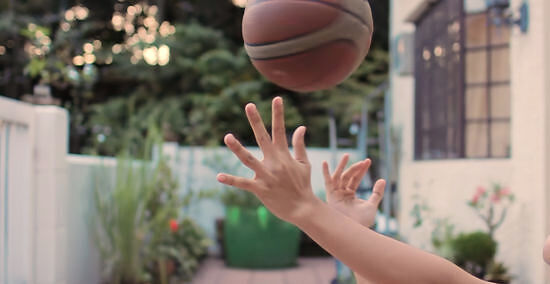
Flick your hand and thumb to spin the ball. Simultaneously flick your dominant hand 180-degrees, pinky leading, while flicking your thumb on your non-dominant hand forward to spin the ball. Be sure to complete the two motions at the same time in order to create an equal force on both sides of the ball. If you choose to only use one hand to complete the spin, disregard the non-dominant thumb.

Use your finger pads to guide the ball in the proper direction. You can use the pads of your fingers to keep the ball level on your finger. You should also use them to guide the ball and make sure it doesn't tilt to one side or fall over.
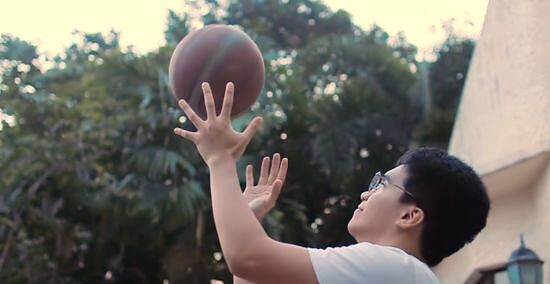
Practice the toss several times. Keep the toss only a few inches in the air so that you can quickly place your finger under the ball. If you toss the ball too high it will be very difficult to catch with your finger. The faster the ball spins, the longer you will be able to hold it on your finger, but the harder it will be to balance.
Spinning the Ball
Catch the ball on the tip of your dominant index finger. Toss the ball quickly but gently onto your index finger. Once you've mastered the speed and height of the ball toss, you should be able to catch the ball on your finger without much difficulty. The closer you can keep your hand to the ball, the easier it will be. Don’t toss it too hard. You can injure your finger. Some people find it easier to spin the ball on their middle fingers, instead.
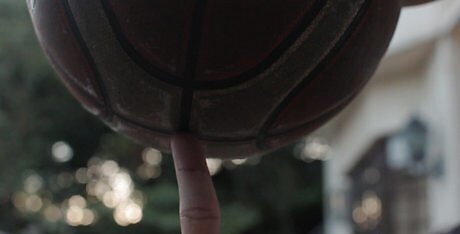
Keep your finger directly in the center of the ball where the grooves meet. This position will make it easiest to keep the ball in a steady position. If it’s not there, you can adjust the ball until it is. Don’t be afraid to practice this a few times before you get it right.
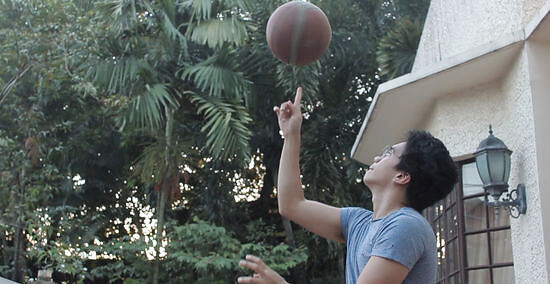
Move your other arm upward to meet the ball. You don't want the ball to be floating on its own for very long, so move your other arm up and make contact with the bottom of the ball with the tips of your fingers. Make sure to leave some space between the ball and the palm of your hand.
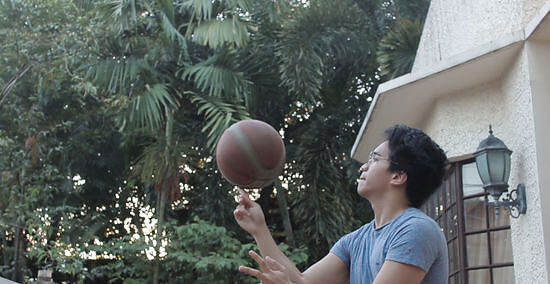
Bring your arm back down to a comfortable position. When your finger makes contact with the ball, bring your arm down slowly. Use a gradual downward motion until your arm is at a comfortable resting height. For most people, this will be around waist height.

Spin it on your fingernail or fingertip for a faster, smoother spin. The nail allows the ball to spin with less resistance. However, if that position is uncomfortable for you, you can spin the ball on your fingertip instead.
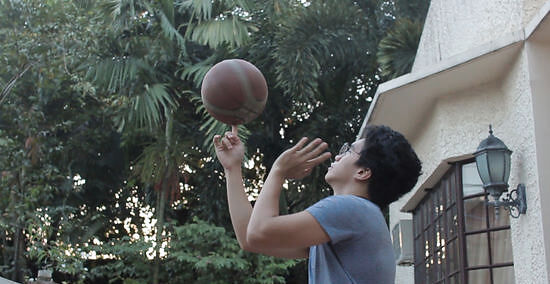
Slap the ball lightly with your non-dominant hand. Gradually learn to create a faster spin by slapping the side of the ball with your non-dominant hand in the same direction that the ball is spinning. At first, slapping the ball will probably cause it to fall off of your finger, but eventually you will be able to slap it without causing it to fall. Do 3 or 4 slaps at a time, and make sure not to slap too hard. A light, but swift slap should be enough to keep the ball going without disrupting the spin.
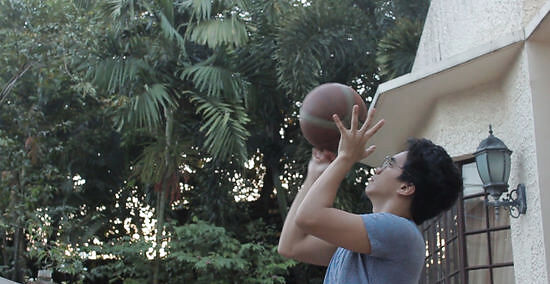
Continue practicing until you can balance the ball perfectly. It might take awhile for you to master the spin, but keep at it until you do! Once you can spin the ball for more than 30 seconds, you’re a pro! Try to find a time every day to practice, even if it's while you're watching TV.












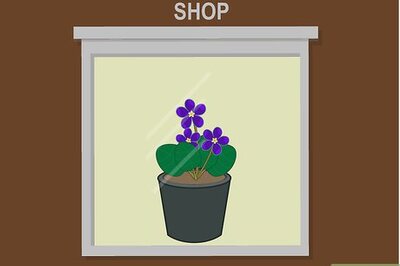


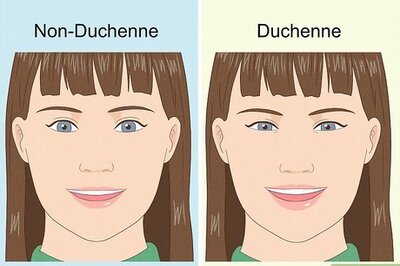
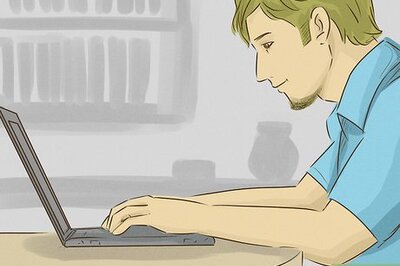


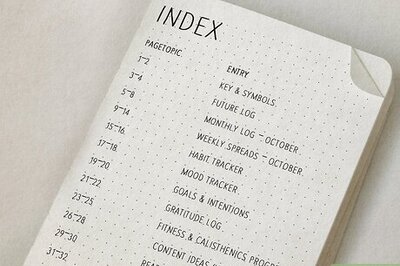
Comments
0 comment